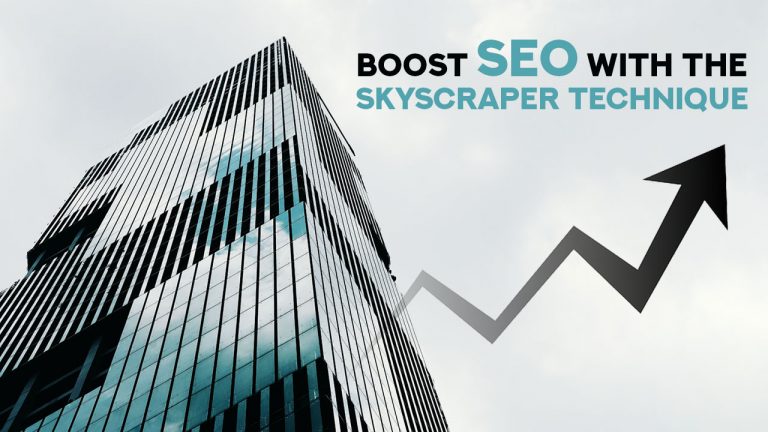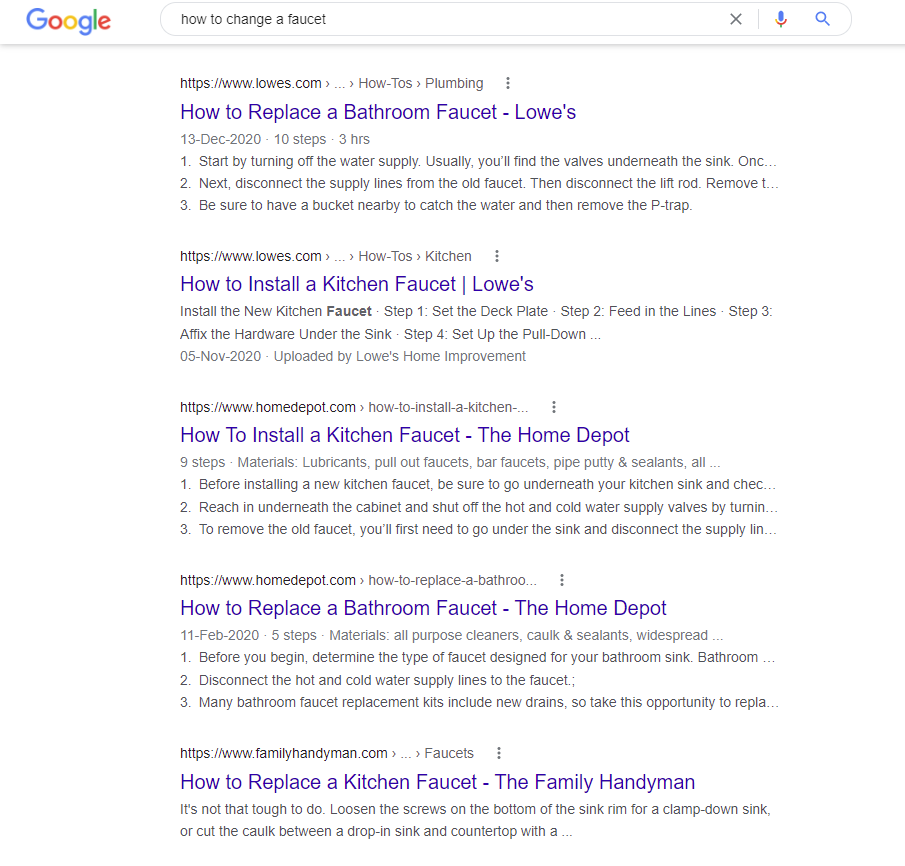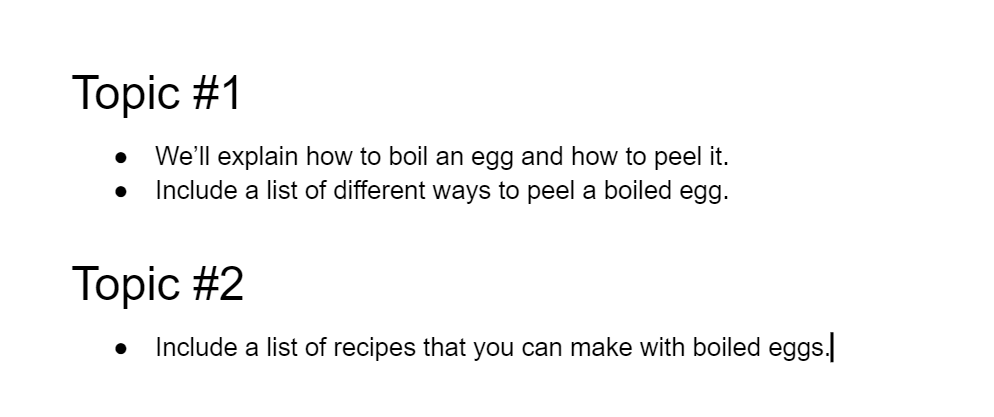
The concept behind the “skyscraper” technique is pretty simple. As you’re working on new content, you want to make it longer and more informative than any other piece you’ve seen online. In order to compete with your competitors, you’ll need excellent articles for the keywords you want to target.
Let’s look at the skyscraper technique and why it works. Here, we’ll explore the differences between cornerstone and skyscraper content and how this helps link building. Let’s dive in!
Skyscraper Technique: what does it mean?
The skyscraper technique was first used by SEO expert Brian Dean as a way to rethink link-building strategies.
The name of the technique is fitting, as skyscrapers stand out in the skyline regardless of where you are. The taller the building, the more attention it will attract. The tallest construction often receives the most attention, even if the overall height difference is small. The content you produce should be like a skyscraper.
In other words, if your competitor’s articles are skyscrapers, you want yours to have a few extra feet above them. Writing a longer post and improving its structure can make your content look more authoritative. Users will ultimately choose the article they feel offers the best information.
With the skyscraper technique, you examine competitor content for specific topics or keywords and ask yourself the following questions:
- Is there anything I can do to improve the content structure?
- Does the competitor’s article lack any information?
- What media resources do competitors not use that I can add?
By using the skyscraper technique, you can create posts that are more comprehensive than any other you’ve ever written. Your website has the most comprehensive content online when someone is looking for resources.
What Makes The Skyscraper Technique Work?
A search engine won’t let you go through all of the results one by one. In the vast majority of cases, people stick to the first five results, unless they are doing an intensive search:

If you are uncertain which result contains the most relevant information, you may open multiple pages and look at each one briefly. Users tend to choose the one that appears to be the most comprehensive.
Writing quality content is imperative. However, the length and format of information also affect user perception. According to studies, most visitors skim through content rather than reading entire pages.
Use proper subheading distribution to make the most of this. Skimming through your posts will make it easier for visitors to find the content they want.
Visitors will perceive your posts as more comprehensive if you have more sections or subheadings. Subheadings are a way to build a skyscraper. Combining informative and helpful content might result in a successful piece.
What Skyscrapers Have in Common with Other Types of Content
There are many types of long-form content you can create for your website, including the skyscraper technique. There are also various types of long-form content, such as:
Cornerstone pages: Cornerstone pages are designed to help visitors find related information on a single topic. For instance, imagine you post many hosting reviews. Then you could have a cornerstone page with links to all related internal posts and a list of the best options. The key to cornerstone pages is internal links.
Pillar content: “Pillar” pages are comprehensive articles on a specific topic. This type of content also requires creating “supplementary” pages. It’s a series of short, less-in-depth posts on related topics, all leading to a central theme.
10X content: Think of 10X content as skyscraper posts on steroids. Generally speaking, this content marketing term refers to posts that are ten times better than anything else. In terms of media content, user experience, and information, 10X pages should be leagues ahead.
Creating long-form content isn’t the only way to generate content marketing success. When it comes to creating massive articles that dwarf everything else on the Search Engine Results Page (SERP), there is a time and place for this. Such posts are usually appropriate when the subject demands them.
There is no doubt that the average length of SERP results in the first position will be 1,400-1,500 words in 2022. There are usually over 2,000 words in skyscraper content, depending on how competitive a search term is. The optimal word count for article SEO changes over time, and the current environment favors long-form content.
5 Steps to Using Skyscraper Link Building
Building a skyscraper requires planning. See what other websites are doing before you start writing. Let’s start here!
Step 1: Find the Best Content for your Keywords
Search engine rankings aren’t the only way to determine which content is “best.” To dethrone your competition, you should determine which pages have the most backlinks.
The first thing you need to do is narrow down what topic you would like to develop skyscraper content for. Try running a Google search and look at the first five results:

Your main competition will be those posts. Take a look at each page in a separate tab and see which one offers the best content and structure.
Due to high authority domains, many results might appear at the top of the SERPs. Even if the content itself is not that good, the domain lends more credibility to it.
You can check their backlink profiles once you identify the best and most comprehensive results. If you need a free backlink checker, Ahrefs’ free Backlink Checker is ideal (although there are other backlink checker tools available):

In a matter of seconds, you will be able to find out which websites link to a specific page by using the Backlink Checker:

There are many instances in which the top entry in the SERPs is not the page with the most backlinks. Skyscraper content should ideally be based on the page with the most links.
Note: We will revisit the Backlink Checker later, so keep in mind how to use it and what pages you analyzed!
Step 2: Analysis of Reference Content
The next step is to carefully read over the content of the pages you want to reference. Read through each article carefully and determine whether it is comprehensive.
The easiest way to create skyscraper content is to see what your competitors’ pages lack or what information they are missing. Your skyscraper will be taller than theirs because of those additional floors.
Unless you have extensive knowledge of the subject, you might struggle to determine what information is missing. Comparing some of the top posts is a great way to complete the picture.
Sometimes, the posts that you use as references contain information that the other pages lack, and vice versa. The comparisons can help you fill in the blanks and research can help you fill in the rest.
Step 3: Outline the content of your skyscraper
The pages and posts that appear on a skyscraper website are long-form content. As an experienced writer, you’ll know how difficult it can be to keep track of all the topics you want to cover.
In order to tackle skyscraper content effectively, make an outline. List all sections and subheadings you want the final post to contain. Include small blurbs to help you remember key points within each section if you want to go the extra mile.

You should include all information your competitors cover in their articles as well as new information. Rather than rewriting content, you’ll cover topics in your own words. In contrast, you can construct a superior post by breaking down the core elements of other successful posts.
Step 4: Start working on the skyscraper content
At this point, you can begin writing your content. While creating skyscraper content, you should keep the following three things in mind:
- Make your content more visually appealing than your competitors by adding lists, images, infographics, tables, etc.
- Make sure your writing is easy to understand compared to other articles on the same subject.
- Use subheadings frequently and provide information about each section in the titles.
It isn’t enough to dethrone top-ranking content by making a longer post or page. Your posts must be easily understandable and more user-friendly. Your article is likely to find success if you can combine those factors properly.
Step 5: Connect with Linking Opportunities
The skyscraper technique involves link-building here. You might be able to get your article linked to other websites if your content is better than theirs.
What’s the best way to find linking opportunities? Step one is the answer. Backlink Checker by Ahref shows you not only which of your competitors has the most links, but also which pages link to them:

Backlink Checker’s free version only shows the top 100 backlinks for a given URL. That’s often sufficient for many purposes.
Discover which sites link to your new skyscraper post’s top competitors, compile a list, and get in touch with them. Finding contact information and emailing each individual page can be time-consuming.
With a template, you’ll get the best results when asking for links. It is not logical to write a personalized message for every website if you are sending hundreds of emails. If the recipient wants to use your website as a resource, tell them that you are reaching out, thank them, and you’re done.
Conclusion
Using the skyscraper technique, you can steal links from your competitors and gain new backlinks, as well as increase your chances of ranking high in search engine results.
You will be able to rank higher since you are creating more in-depth content than your competitors.
